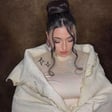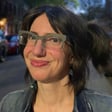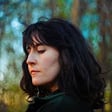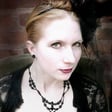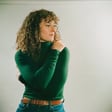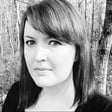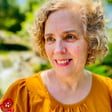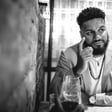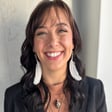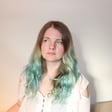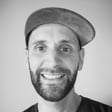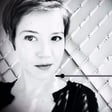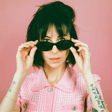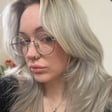Ruby Roth’s work is defined by the female form and depicts the inner lives of women through emotionally visceral representations of the bodies they inhabit.
For the past several years, amidst a radical transition from a decade of familial life as a best-selling children’s book author-illustrator to self-determined independence as a single female artist, Roth has explored the deep end of the feminine spectrum and its archetypes.
Roth’s work often features solitary women navigating inner and outer wildernesses. In vast emptiness, surrounded by hints of nature, her wild women and “girl gods” find their way through physical and spiritual dimensions of darkness and light, bondage and freedom, apocalypse and utopia, life and death, transmuting nourishing or toxic forces into usable means.
Roth has been a keen observer of the body since childhood, having been diagnosed with scoliosis, which required 13 years of aggressive and painful treatment. Rooted in academic anatomy and pop surrealism, her artwork——often created in live-model sessions——exaggerates and distorts female forms to reflect them as vessels of powerful, feminine processing.
Roth is based in Los Angeles, CA.

